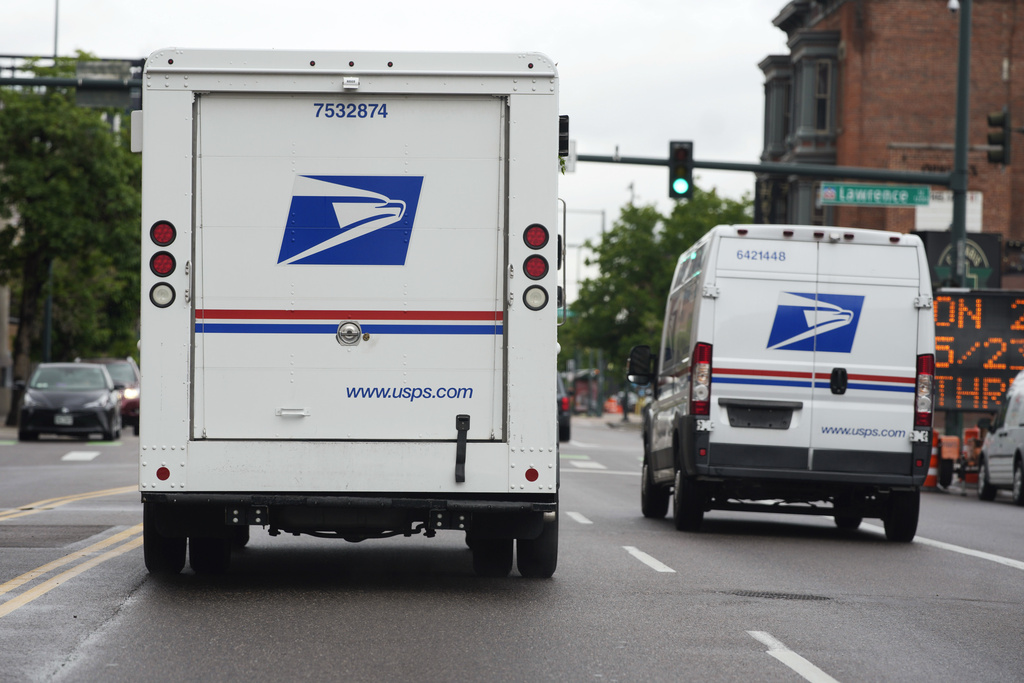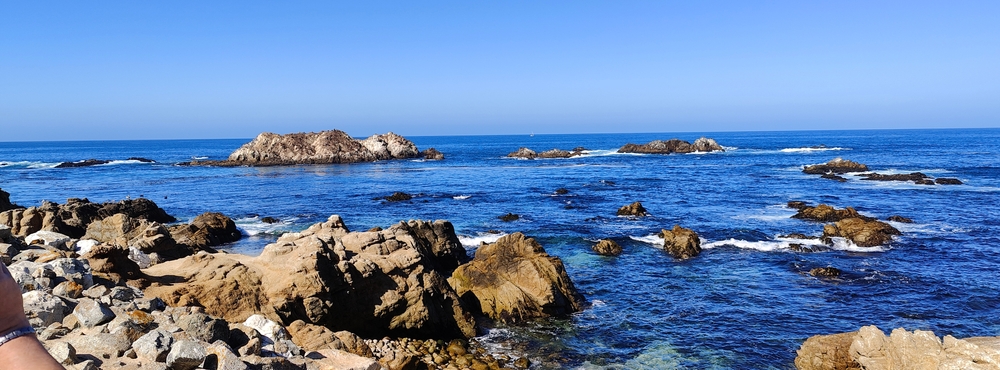Our cities and suburbs are pushing farther into wild lands than ever — and that makes the fires that burn there more dangerous and expensive.
This is called the the wildland-urban interface. It can include private homes, commercial space — anywhere that enough flammable plant matter comes close to human-made landscapes.
Development in this region is increasing. The U.S. Forest Service estimates that nearly a third of U.S. homes already sit in the wildland interface, and it's the fastest growing land use in the continental U.S.
The larger the interface grows, the greater the risks a fire poses: meaning more people in harm's way and more buildings that might be damaged. And because structures generally burn longer than vegetation, fire has more time to spread.
Complex interfaces also take more resources to defend properly, and this is already straining the Forest Service's budget. To fight fires in 2017, for example, it had to dip into funds that were supposed to go toward preventing 2018 fires.
And if the wildland-urban interface is going to keep getting larger, fire experts say we should do everything we can to minimize the risks of living there.
They call for more careful land planning as communities grow, so development avoids the most hazardous areas of the wilds next door. Evacuation plans should be made and shared ahead of time, to teach residents where the safe spots in their community are in the event of a fire.
If you live in one of these areas, forest officials say one of the best defenses is open space. Homeowners should clear plants or trim branches in rings around their homes so fires can't spread to them as easily.




 Lightning Isn't The Big Cause Of Wildfires — Humans Are
Lightning Isn't The Big Cause Of Wildfires — Humans Are






